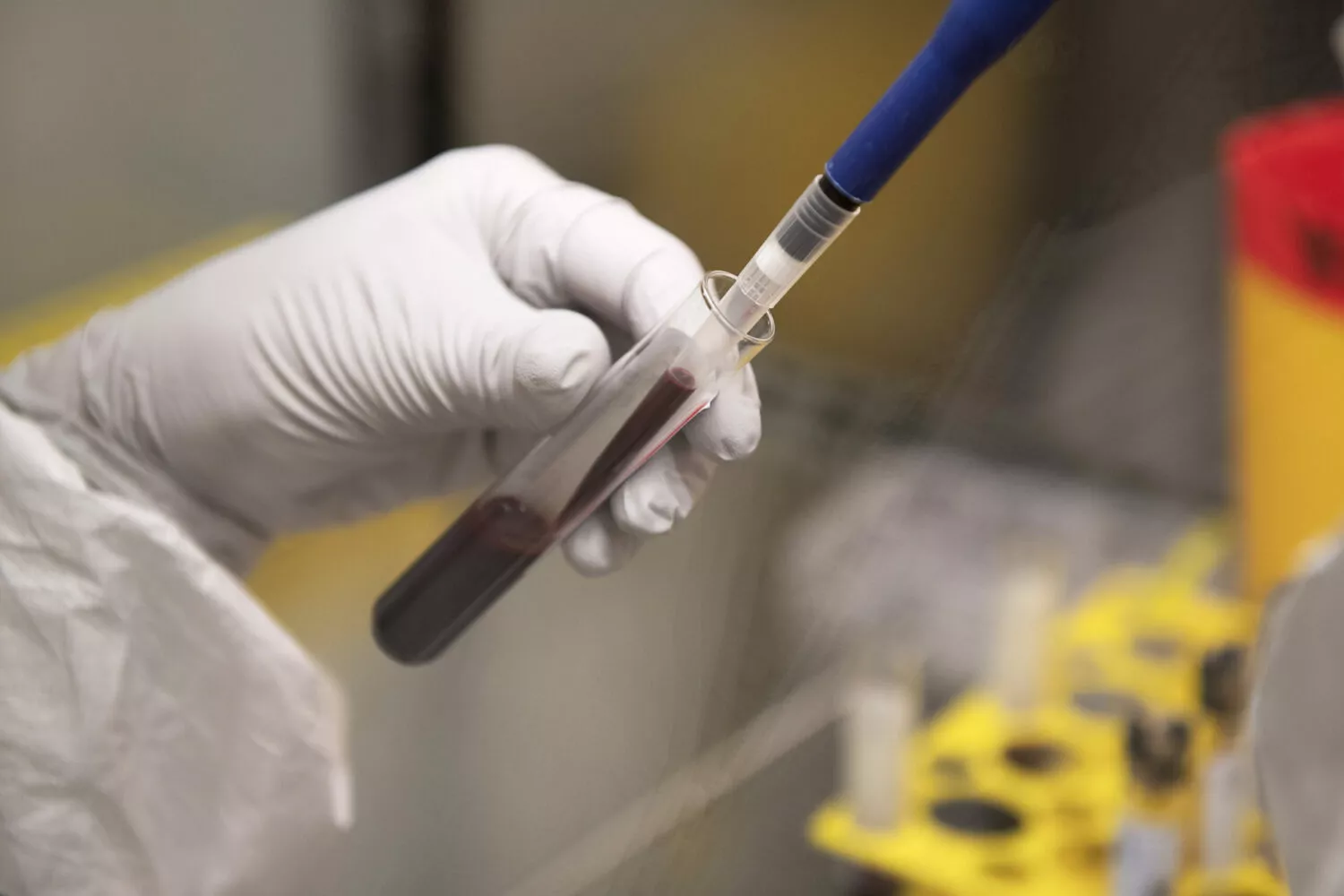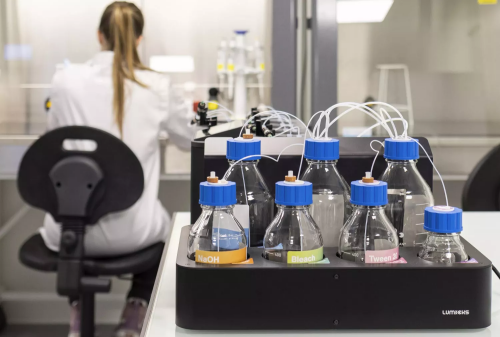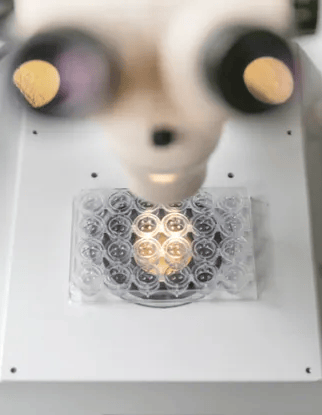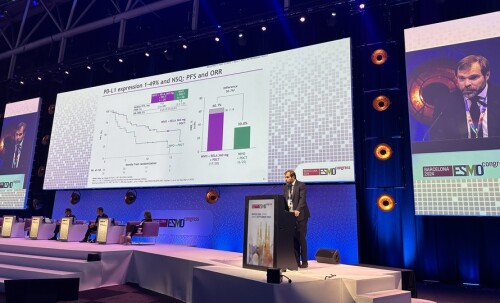The SARS-CoV-2 virus, responsible for the Covid-19 pandemic, infects the cells of the human body. The surface of this virus is covered with an “S” protein (meaning Spike) which gives it an appearance characteristic of this type of virus in the form of a “crown”. In order to penetrate the cells, this S protein binds to a receptor present on the surface of human cells, in particular those of the lung, the ACE2 (Angiotensin-Converting Enzyme 2). After this attachment, another membrane receptor present on the surface of the host cells, the TMPRSS2 (transmembrane protease, serine 2), transforms the S protein, allowing the virus to enter the cell.
At Institut Curie’s “Immunity and Cancer” unit, the “Extracellular vesicles, immune responses and cancer” team, led by Clotilde Théry, Inserm Research Director, managed - using cultured cells - to isolate extracellular vesicles1 carrying the ACE2 receptor at their surface, with or without the TMPRSS2 receptor. This work was conducted in collaboration with the “Innate immunity” team headed by Nicolas Manel (Institut Curie/CNRS/Inserm) and with researchers from the “Virus and immunity” team (Institut Pasteur/CNRS). The results show that these vesicles are recognized by the S protein on SARS-CoV-2. These vesicles therefore act as a biological bait that traps the virus by preventing it from attaching to the cells and by decreasing its power to infect. The anti-infection effectiveness of these vesicles correlates directly to the quantity of ACE2 that they carry. Furthermore, this effectiveness is improved when TMPRSS2 is also present on the surface of the vesicles. In addition, it is much better than that of an ACE2 protein that is not exposed on the vesicles.
“The vesicles that we isolated serve as a bait for the SARS-CoV-2 virus and neutralize it. They could therefore be used as a local treatment for Covid-19. We have to carry out additional studies to complement this work, but we plan to continue and further explore this unprecedented and unique therapeutic lead” explains Lorena Martin-Jaular, who has co-directed the study with Clotilde Théry and another senior scientist of the team, Mercedes Tkach.
A drug form of these ACE2/TPMRSS2 vesicles could therefore provide a new form of local treatment to reduce risks of infection, or to reduce seriousness of the disease when exposed to the virus. However, more precise studies of feasibility and efficiency in conditions of human infection, and potential side effects, must be conducted before this type of medication can be developed.
(1) These vesicles are small “bubbles” that are produced naturally in our body, and whose surface resembles that of human cells
|
A team dedicated to the study of extracellular vesicles and their therapeutic potentials. Human cells secrete into their environment membrane vesicles that act as intercellular messengers. For many years, the Inserm team led by Clotilde Théry at Institut Curie has specialized in the study of these extracellular vesicles and their involvement in physiopathological processes, and in cancers in particular. It is seeking to understand the role of these vesicles when they are secreted by immune cells or tumor cells. Researchers are revealing their role in tumor growth; and in addition to that, they are studying the therapeutic potential of this type of vesicle in cancer.
|
|
Reference:
Extracellular vesicles containing ACE2 efficiently prevent infection by SARS-CoV-2 Spike protein-containing virus. Federico Cocozza, Nathalie Névo, Ester Piovesana, Xavier Lahaye, Julian Buchrieser, Olivier Schwartz, Nicolas Manel, Mercedes Tkach, Clotilde Théry, Lorena Martin-Jaular. J Extracell Vesicles. 2020;00:e12050. https://doi.org/10.1002/jev2.12050 |



